Valley Forge National Historical Park: First-Time Visitor Guide
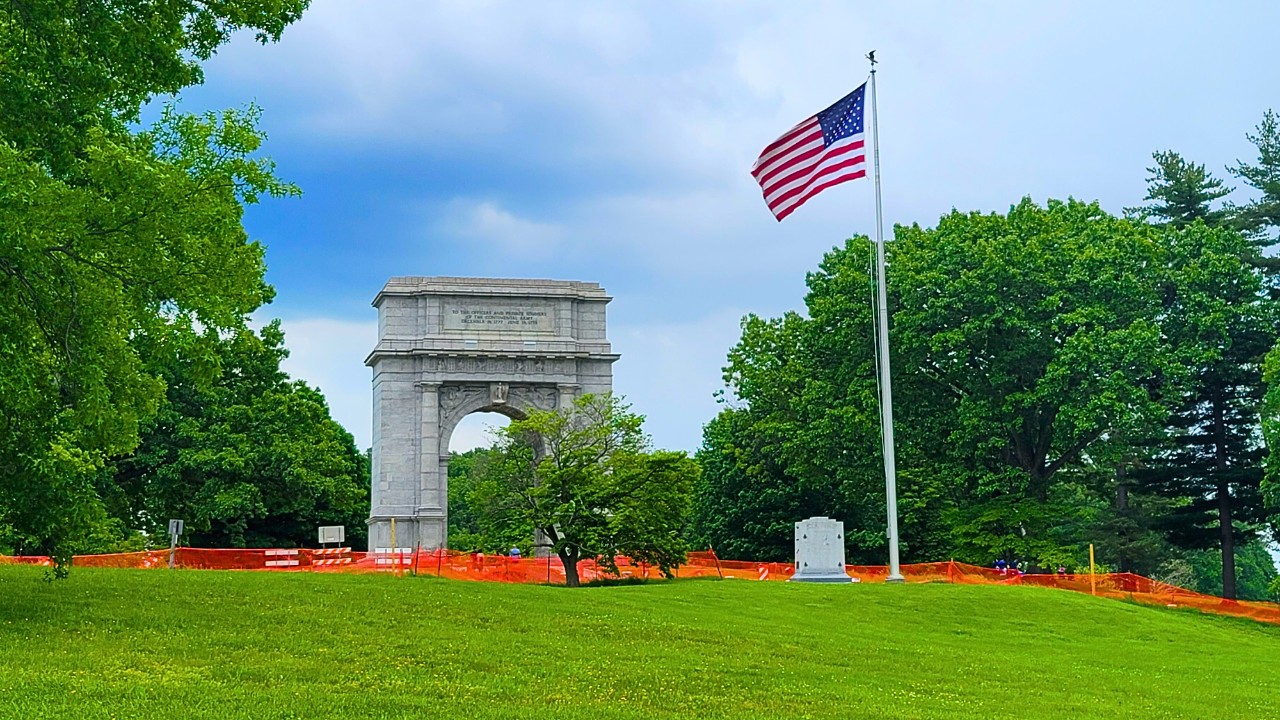
Few places in America capture the spirit of endurance and transformation like Valley Forge National Historical Park. This historic encampment site in Pennsylvania offers a look into the Revolutionary War, where General George Washington and his troops survived one of the most grueling winters in military history. Today, it’s a peaceful destination where history, hiking, and nature come together, ideal for families, hikers, and history lovers planning a first-time visit.
Overview
- Location: Near King of Prussia, Pennsylvania, about 20 miles from downtown Philadelphia.
- Size: 3,500 acres of woodlands, fields, trails, and monuments.
- Historic Importance: Site of the Continental Army’s 1777–78 winter encampment, a turning point in the Revolutionary War.
Photos
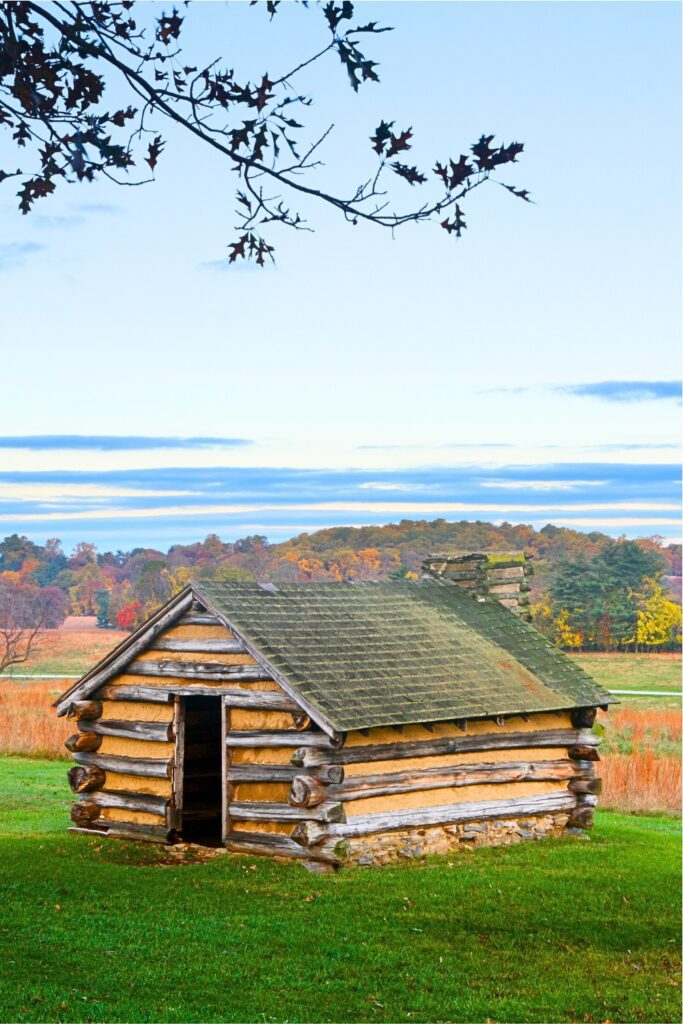
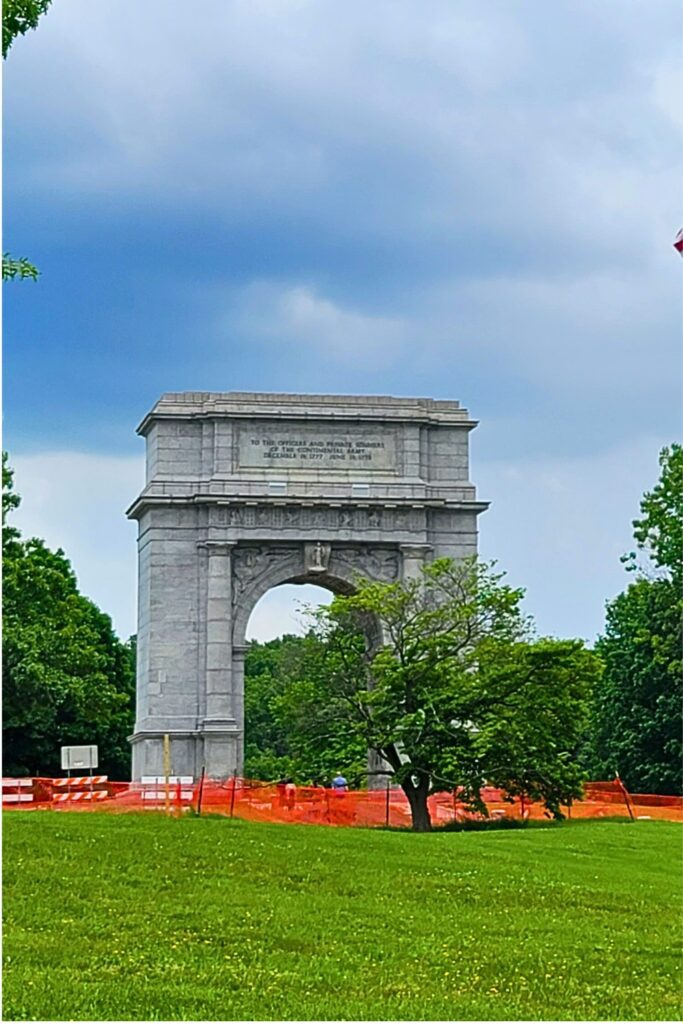
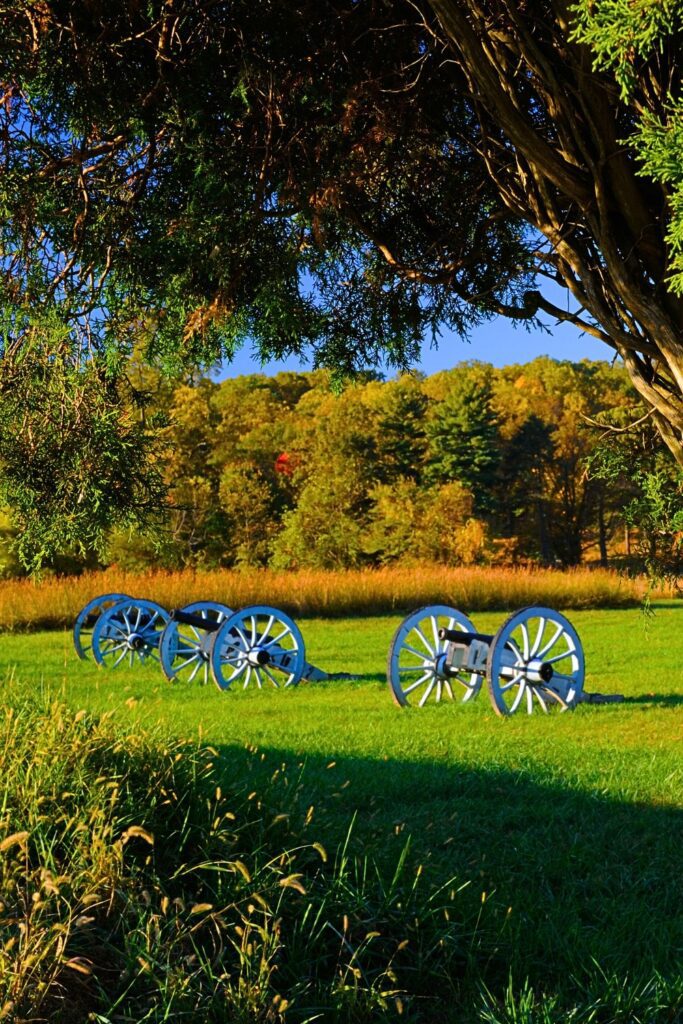
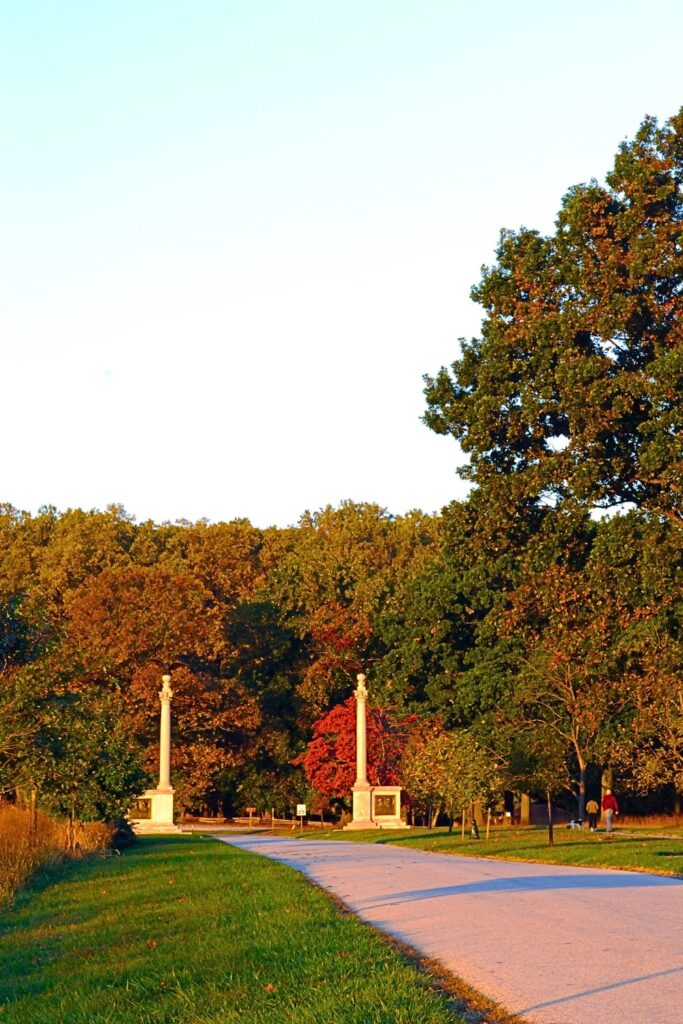
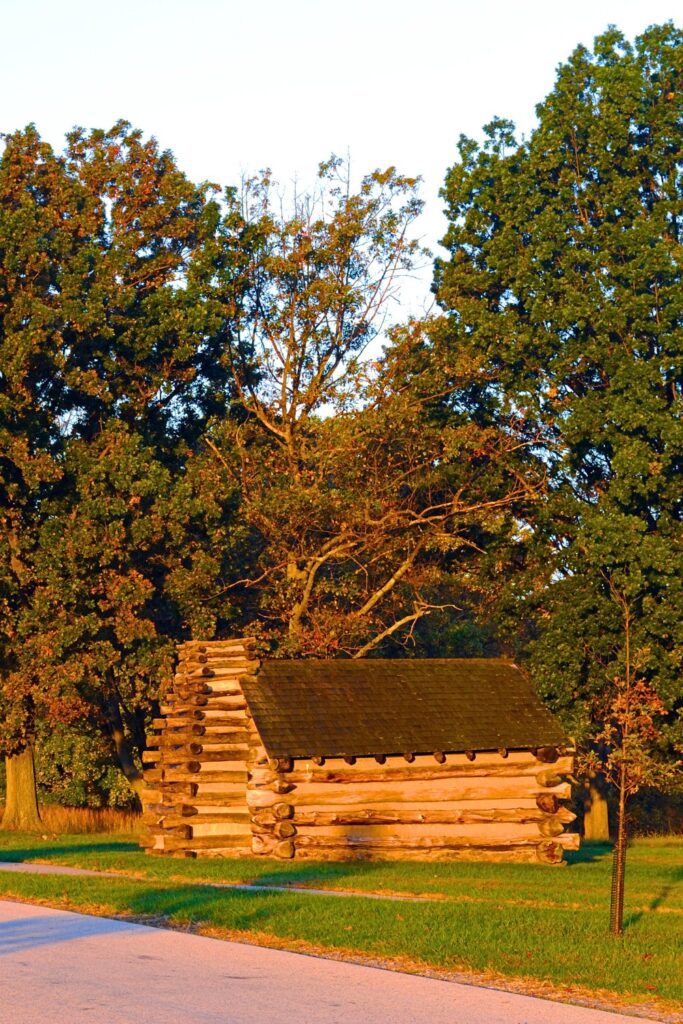
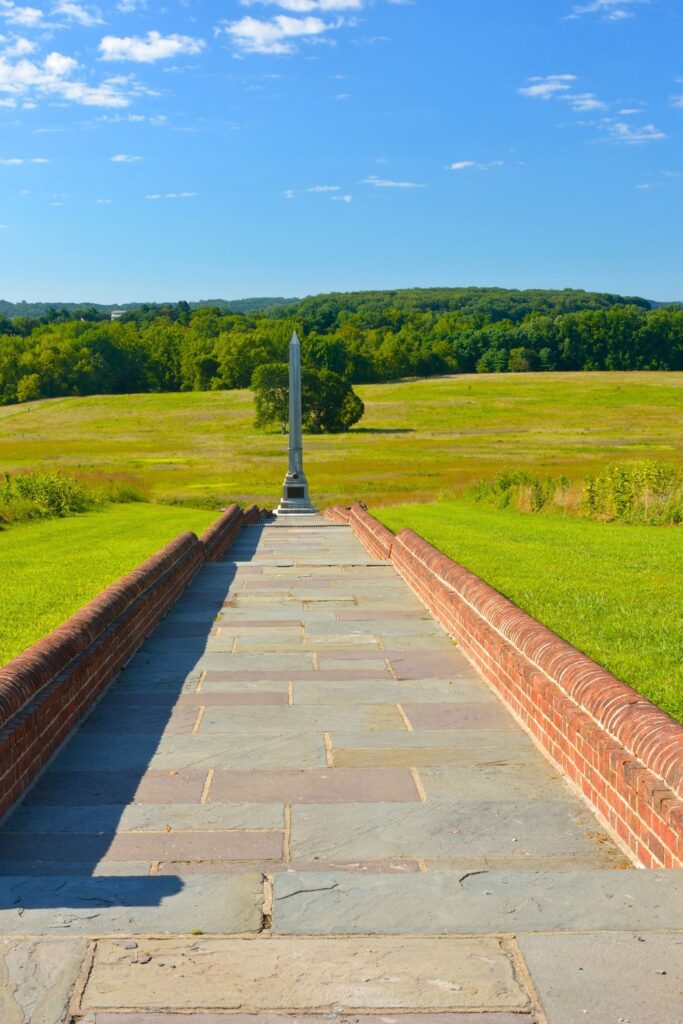
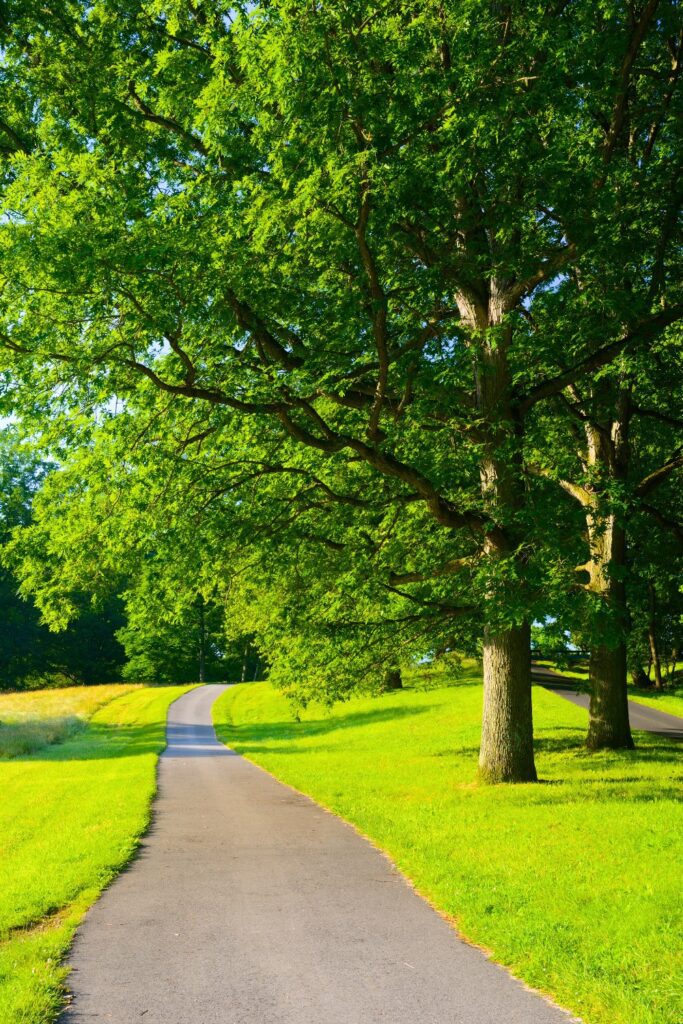

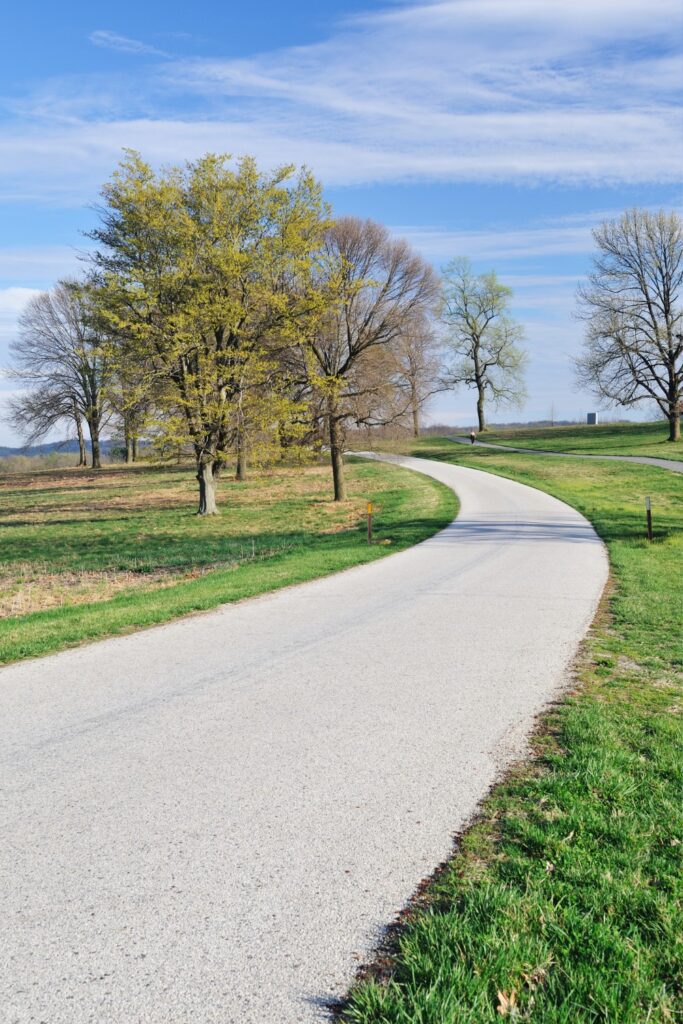
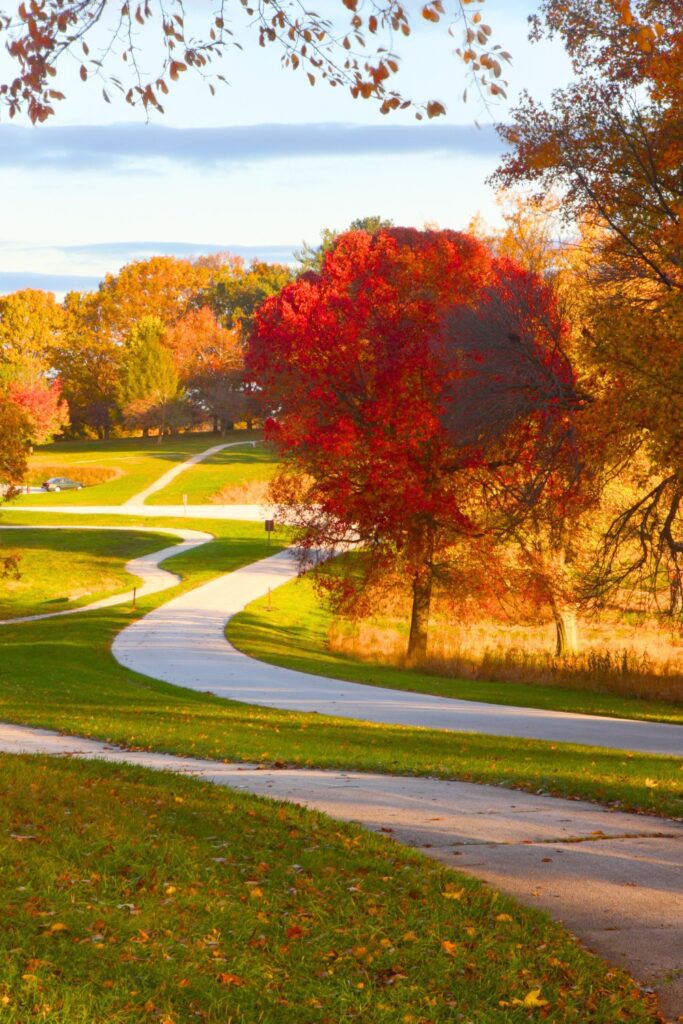
How to Get There
- By Car: Accessible via I‑76 or I‑276 with clear signage to the park entrance. Free parking is available at the Visitor Center.
- By Public Transit: Take SEPTA’s Norristown High-Speed Line or a regional rail line to Norristown, then use a local bus or rideshare to reach the park.
- By Bike or Foot: Trails like the Schuylkill River Trail connect the park to nearby towns and Philadelphia, offering a scenic route for cyclists and hikers.
Best Times to Visit
- Spring (April to June): Blooming wildflowers, green trails, and mild temperatures.
- Fall (September to October): Gorgeous fall foliage and crisp air make for excellent hiking and photos.
- Summer: Great for early morning visits. Afternoons can be hot and busy.
- Winter: Cold and quiet, ideal for a reflective walk if dressed warmly, though some facilities may have limited hours.
10 Best Things to Do
The following list encompasses popular activities but I would also recommend looking at this Tripadvisor page on Valley Forge NP and the top recommendations to also check out on top of this:
- Tour Washington’s Headquarters – See where General Washington lived and worked during the encampment.
- Walk Through Soldiers’ Hut Replicas – Explore realistic recreations of Continental Army winter cabins.
- Visit the National Memorial Arch – A tribute to the resilience and unity of the Continental Army.
- Explore the Washington Memorial Chapel – A peaceful and historic stone church within the park.
- Stop by the Visitor Center – Learn through interactive exhibits and pick up trail maps or souvenirs.
- Join a Ranger Program – Take a guided tour to dive deeper into Revolutionary War history.
- Bike the Multi‑Use Trail – Ride through some of the park’s most scenic areas.
- Relax in Mount Misery Meadow – A beautiful, quiet place for a picnic or rest.
- Photograph the Covered Bridge – The Knox Covered Bridge is a charming and historic photo stop.
- Attend Living History Events – Experience reenactments, encampments, and heritage days during seasonal events.
Best Hikes (Beginner to Advanced)
- Valley Trail – A flat, paved path ideal for casual walkers and families.
- Mount Joy Trail – A moderate loop through wooded hills with a few steeper sections.
- Joseph Plumb Martin Trail – A longer loop (5.5 miles) with varied terrain, passing many historical sites.
- Mount Misery Trail – For experienced hikers seeking a bit more elevation and seclusion.
- River Trail – A peaceful trail that follows the Schuylkill River with great views and easy terrain.
Packing List
If you’re going to do the hikes and outdoorsy things in Valley Forge NP, I’d recommnd you get the following items and if you don’t have them, check my Amazon store for them:
- Comfortable hiking shoes or walking sneakers
- Light layers and a rain jacket depending on the season
- Water bottle and trail snacks
- Sunscreen, hat, and sunglasses
- Park map or downloaded trail app
- Camera or smartphone for photos
- Optional: picnic blanket or folding chair
- Daypack to carry gear
- First aid basics (especially if hiking)
- Extra socks and bug spray in spring/summer
Where to Stay
The whole area surrounding the national park is full of hotel options. Check nearby hotels to Valley Forge.
Things to Know Before You Go
- Admission: Free entry and parking.
- Hours: Open daily, usually dawn to dusk. Visitor Center hours are typically 9 AM to 5 PM.
- Pets: Allowed on trails if leashed. Not permitted inside buildings.
- Accessibility: Visitor Center and several paved trails are wheelchair-accessible.
- Restrooms and Water: Available at main facilities; plan ahead for longer hikes.
- Events: Check the official park website for special reenactments, ranger talks, and seasonal programs.
- Cell Service: Generally reliable, but may dip in more remote wooded areas.
- Weather: Check ahead because conditions can change fast in spring and fall.
- Exploring Valley Forge: There’s a ton of things to do in Valley Forge beyond just the national historical park too. If you’re planning a several day visit, I would recommend exploring the area.
Related
Final Thoughts
Valley Forge National Historical Park offers more than just a walk through history, it’s a chance to reflect, explore, and connect with the roots of American perseverance. With accessible trails, immersive exhibits, and beautiful natural scenery, it’s a fantastic destination for solo travelers, families, and anyone curious about the Revolutionary War. Bring your curiosity, walking shoes, and sense of adventure, you’ll leave with a deeper appreciation for the sacrifices that shaped a nation.
